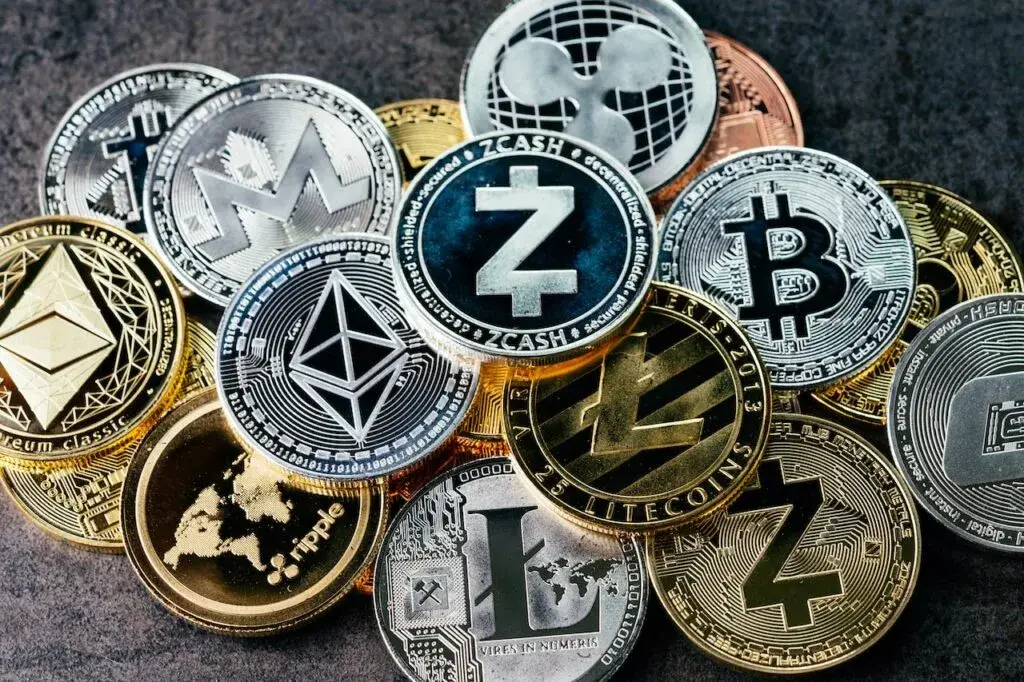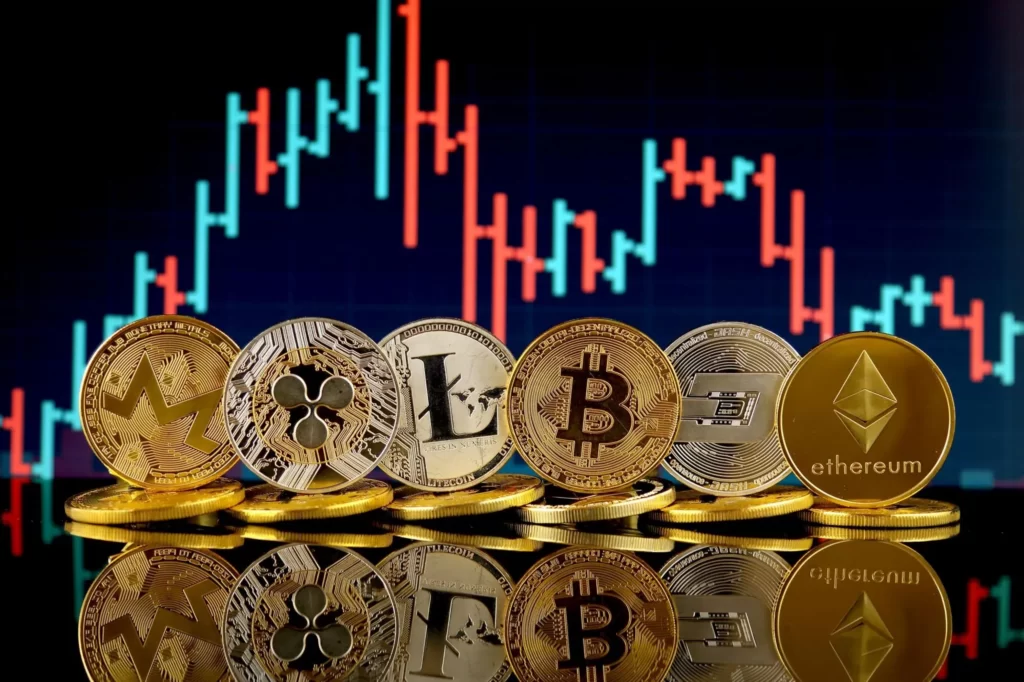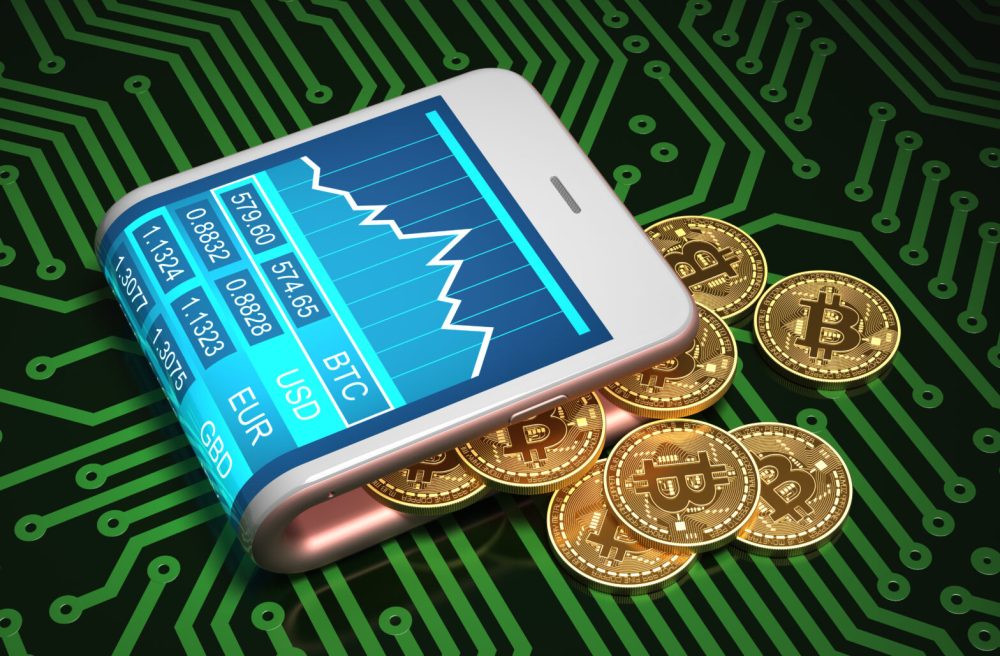Alternative cryptocurrencies that emerged after Bitcoin. ‘What are altcoins?’ is no longer a question for newcomers to cryptocurrencies, as it is a whole world of digital assets in which each coin plays a unique role. While Bitcoin has already established itself as digital gold, altcoins are becoming new tools that embody blockchain technology and financial progress.
Each altcoin tackles a specific challenge: smart contracts, decentralised applications, stable currencies, and payment systems. They are based on blockchain technologies, like Bitcoin, but the functions and features differ greatly. Ethereum, for example, enables the development of smart contracts, making it the basis for the creation of most decentralised applications (dApps) and becoming a pillar of innovation in the blockchain world.
The new cryptocurrencies aim to expand the use of digital currencies and create new prospects for investors and developers.
Types of altcoins and their functions
- Utility Coins – used to access services on specific platforms (e.g., Ethereum).
- Stablecoins – linked to traditional assets such as the dollar or gold, making them less volatile (Tether is a classic example).
- Security tokens (security tokens) – these are digital assets backed by real assets or projects.
- Privacy tokens (anonymous tokens) – emphasise the protection of the privacy of transactions (e.g., Monero).
Each type performs unique tasks, making them particularly attractive for different purposes.
Differences between altcoins and Bitcoin: what are their strengths?
Although Bitcoin remains the benchmark of the cryptocurrency market, the differences play an important role in the development of the sector. The main one is purpose: Bitcoin was created as a decentralised payment system and digital gold, while many altcoins were developed to implement specific functions.
The latter are characterised by fast transactions, extensive functionalities, and the ability to use smart contracts. Ethereum, for example, has become the main platform for decentralised finance (DeFi) and the launch of ICOs. However, we should not forget the pitfalls: any token of this type carries risks, from sharp fluctuations in the exchange rate to the lack of adequate user support.
The most promising altcoins to invest in
The market is full of opportunities for investors, but not all projects are equally promising. Here are the top altcoins that deserve attention:
- Ethereum (ETH) – the undisputed leader, underpinning the development of smart contracts and decentralised applications, which has become an engine of digital innovation.
- Cardano (ADA) – an innovative blockchain that focuses on security and scalability.
- Polkadot (DOT) – a bridge between different blockchains that greatly simplifies the exchange of data and transactions, and creates a single space for interaction between decentralised systems.
- Solana (SOL) – one of the fastest, capable of processing thousands of transactions per second, making it attractive to DeFi.
- Chainlink (LINK) – a network that lets smart contracts interact with the real world, opening up new opportunities for blockchain solutions.
How do you choose an altcoin to invest in?
 Investing requires careful thought and analysis. Here are some criteria to help you make the right decision:
Investing requires careful thought and analysis. Here are some criteria to help you make the right decision:
- Technology base: examine the underlying technology. Ethereum-based smart contracts, for example, offer a number of opportunities.
- Development team – success depends on the professionalism of the team and their ability to develop the project.
- Long-term prospects – it is worth evaluating development plans and future partnerships.
- Volatility – pay attention to the history of price fluctuations.
Advantages and disadvantages of altcoins: pros and cons
Advantages:
- Variety of features and technologies.
- Faster transaction processing compared to Bitcoin.
- Opportunities for innovation through smart contracts and DeFi.
Disadvantages:
- High volatility of many altcoins.
- Lack of liquidity in some projects.
- Risks due to inadequate regulation and technical issues.
Altcoins and the law in Russia: important nuances
Russian law treats cryptocurrencies with caution. There are a number of restrictions regarding their legalisation and use. Nevertheless, the cryptocurrency market is developing and the legal framework is gradually starting to adapt to the new reality.
As of today, owning cryptocurrencies is allowed in Russia, but using them as a means of payment is still prohibited. Investments in altcoins are allowed, but subject to reporting and tax rules.
Altcoins and NFT: interacting in the digital world
The market is rapidly gaining momentum. NFTs (non-replaceable tokens) built on altcoin blockchains such as Ethereum open up unique horizons for buying and selling digital assets and create a new reality of ownership in the digital world.
Many altcoins offer platforms for creating and trading NFT, opening doors for artists, collectors and investors. This interaction is becoming an important element of today’s crypto market.
What are altcoins and are they worth investing in?
 A potentially profitable but risky strategy. Altcoins offer great opportunities to participate in the digital economy, whether through smart contracts, DeFi or NFT. But it is important to be aware of the risks: volatility, technical complexity and legal barriers.
A potentially profitable but risky strategy. Altcoins offer great opportunities to participate in the digital economy, whether through smart contracts, DeFi or NFT. But it is important to be aware of the risks: volatility, technical complexity and legal barriers.
So the decision to invest should be based on a thorough analysis of the market and understanding of all potential risks and opportunities.
 en
en  ru
ru  de
de  ar
ar  es
es  nl
nl  hi
hi  fr
fr  it
it  pt
pt  el
el 










